An object moves counter−clockwise along the circular path shown below. As it moves along the path its acceleration vector continuously points towards point S. The object
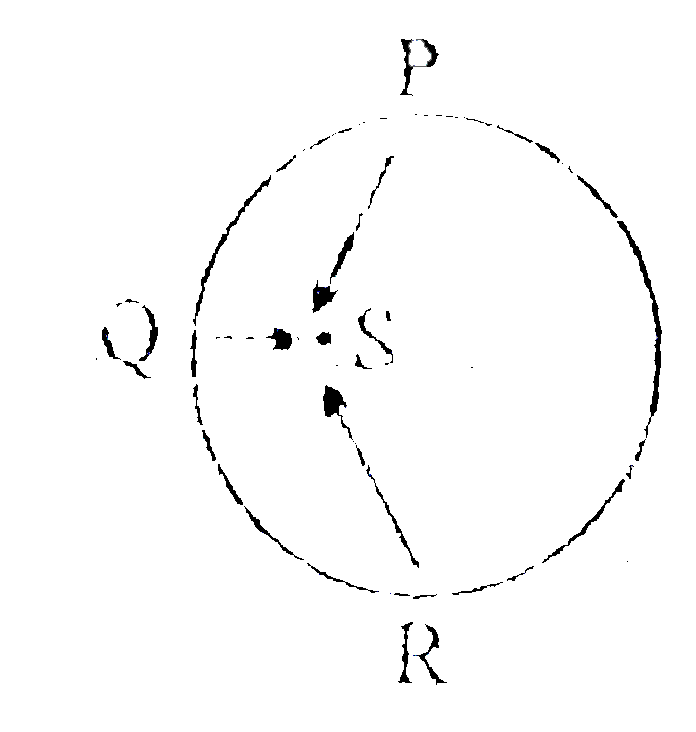
speeds up at P,Q and R
shows down at P,Q and R
speeds up at P and shown down R
shows down at P and speeds up at R
The correct Answer is:C
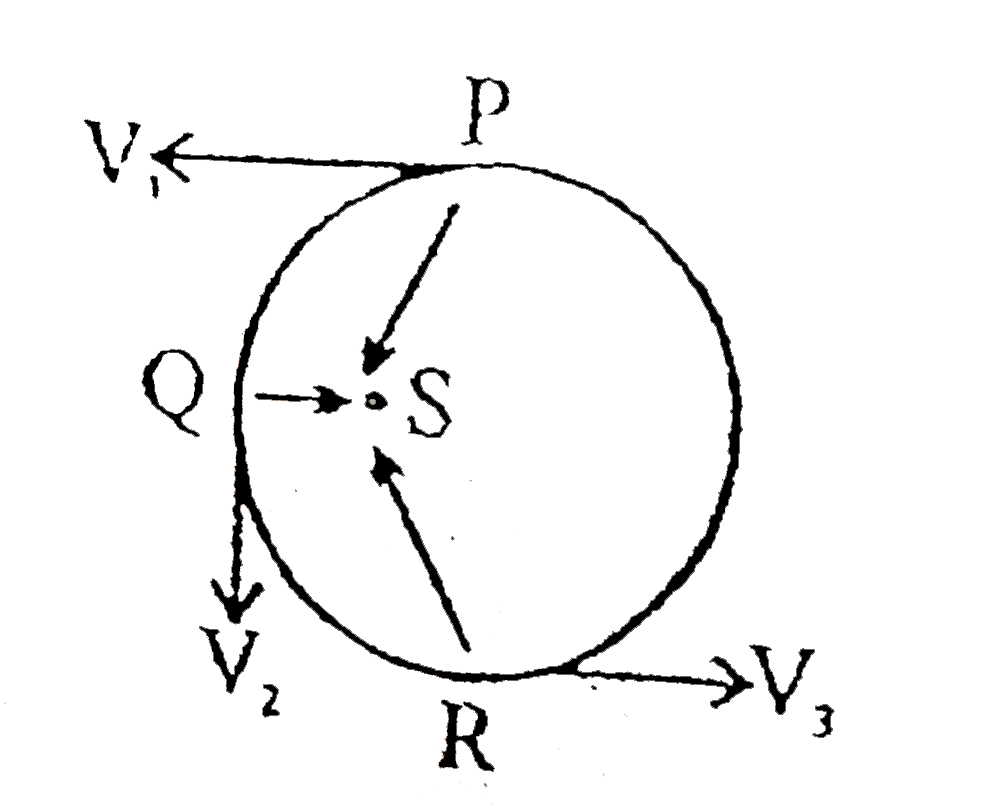
→a.→v=(+) at P (speeds up)
→a.→v=(−) at R (speeds down)
→a.→v=(−) Zero at Q (at=0)
Topper's Solved these Questions
- TEST PAPERBOOK - ALLENCHAPTER - TEST PAPEREXERCISE - PHYSICS
4 Videos
- TEST PAPERBOOK - ALLENCHAPTER - TEST PAPEREXERCISE - PHYSICS
4 Videos
- SIMPLE HARMONIC MOTIONBOOK - ALLENCHAPTER - SIMPLE HARMONIC MOTIONEXERCISE - Example
1 Videos
- TEST PAPER 1BOOK - ALLENCHAPTER - TEST PAPER 1EXERCISE - PHYSICS
11 Videos
Similar Questions
A particle is moving on a circular path with constant speed, then its acceleration will be constant in
View SolutionA point p moves in counter - clockwise direction on a circular path as shown in the figure . The movement of 'p' is such that it sweeps out in the figure . The movement of 'p' is such that it sweeps out a length s=t3+5 , where s is in metres and t is in seconds . The radius of the path is 20m . The acceleration of 'P' when t=2s is nearly .
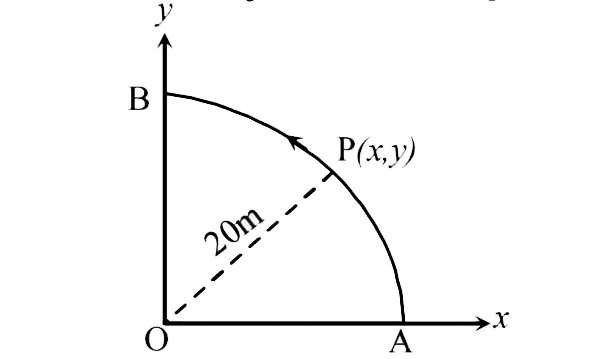
View SolutionA particle is moving along an elliptical path with constant speed. As it moves from A to B, magnitude of its acceleration :
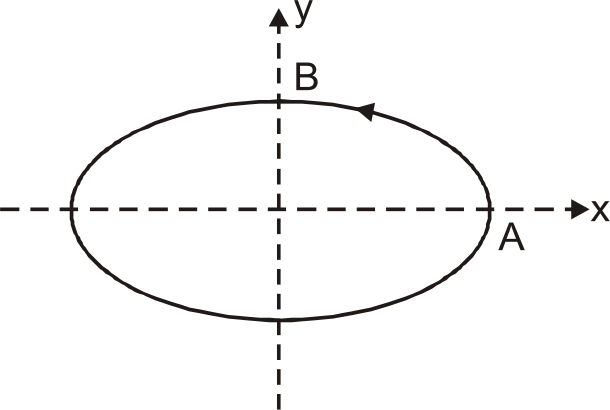
View SolutionAn object moving in a circular path at constant speed has constant
View SolutionTwo particles A and B separated by a distance 2R are moving counter clockwise along the same circular path of radius R each with uniform speed v. At time t=0, A is given a tangential acceleration of magnitude a=32v225πR in the same direction of initial velocity
View SolutionWhich of the following statement is not correct for an object moving along a straight path in an accelerated motion?
View SolutionA small object of mass 'm' is moved over a rough, curved surface as shown. The force which moves it along the dotted path shown is always tangential to the curved path. If the object moves with negligible speed, find the work done by the force F in moving it from A to B. The coefficient of friction between the object and the curved surface is μ.
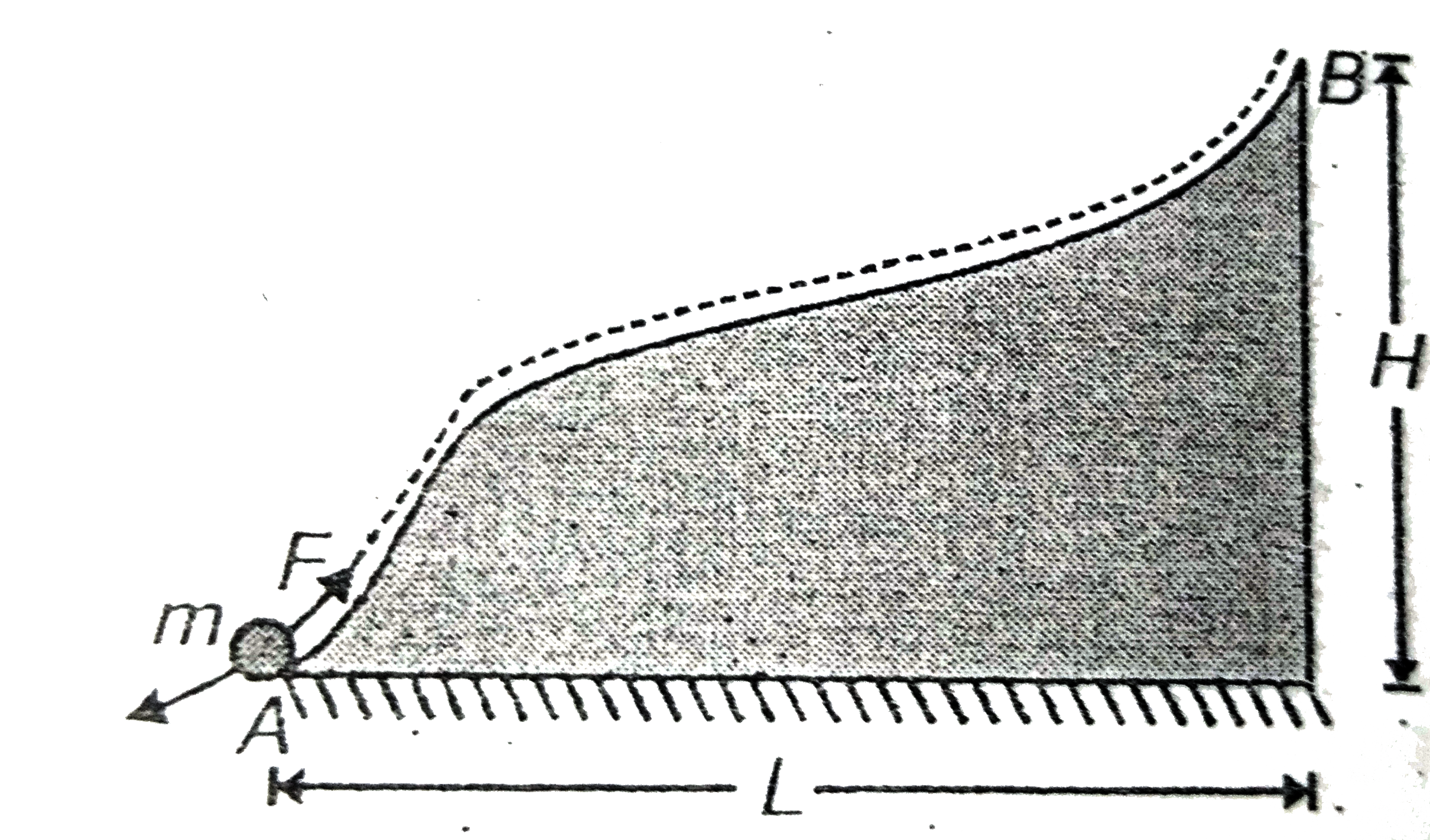
View SolutionA point P moves in counter-clockwise direction on a circular path as shown in the figure. The movement of 'P ' is such that it sweeps out a length s=t3+5 where s is in meters and t is in seconds. The radius of the path is 20 m. The acceleration of ' P ' when t = 2 s is nearly:
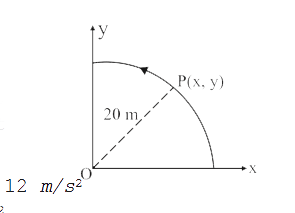
View SolutionTo move a body along a circular path the direction of centripetal force will be
View SolutionA particle moves with constant speed v along a circular path of radius r and completes the circle in time T. The acceleration of the particle is
View Solution
